 The following is a NY Times article: New York City’s plans to close up to 20 fire companies will require the Fire Department to undertake its most radical reorganization since the financial crisis of the 1970s, according to senior department officials.
The following is a NY Times article: New York City’s plans to close up to 20 fire companies will require the Fire Department to undertake its most radical reorganization since the financial crisis of the 1970s, according to senior department officials.
As a result, the department is analyzing statistics, block by block and neighborhood by neighborhood, to determine how it can most safely take engines and ladder trucks out of service.
“If we have to close 20 companies, which is a 6 percent reduction in the number of companies we have, it is going to tax us,” said Salvatore J. Cassano, the newly appointed commissioner of the Fire Department of New York. “It is certainly the most challenging thing we have faced in decades.”
For now, the plan to eliminate 20 companies – either the engines that pump water to fires or the ladders that ferry rescuers into buildings – is among an assortment of savings included in Mayor Michael R. Bloomberg’s proposed budget. The final cuts will result from negotiations with the City Council, whose leaders have traditionally moved to restore neighborhood firefighting resources but are unsure they can do so this year.
The reality, however, that the Fire Department will have to shrink – it is apt to lose more than 500 of the 8,500 rank-and-file firefighters on the force if 20 companies are closed – comes at a time of both considerable triumph and challenge for the department. Fire deaths in the city last year were a record low. And response times, according to department data, were impressive.
Yet union leaders are likely to seize on any fatal fire – like the one that killed five people in Brooklyn on Saturday – as a warning that company closings could lead to more catastrophic results.
Still, the department has been expected to play an even greater role in the work it has taken on over the past 15 years, serving as emergency medical responders to tens of thousands of calls for help every year.
Mr. Cassano is huddling with his staff chiefs to make choices based on several crucial points of data, including: the streets and neighborhoods where fires strike most; how long it takes rigs to respond to emergencies; and the proximity of fire companies to the people and places they must protect, including schools, housing complexes, hospitals and high-rise offices.
Mr. Cassano, 64, who has held every position in the department across his 40-year career, said any large-scale reconfiguring of his department would have implications for firefighters and residents.
Response times could creep up. Fewer numbers of firefighters might leave those remaining more physically taxed. Wear and tear on the department’s trucks and equipment could prove damaging, he said.
The Fire Department is far different from the one Mr. Cassano joined in 1969. The 26,666 structural fires in the city last year represented roughly half the number in 1970. Fewer New Yorkers died in fires – 73 – last year than in any year since the city began keeping count in 1915. And response times, at least according to the department’s spokesman, were the fastest on record – 4 minutes 2 seconds on average.
But there are other demands. The department’s personnel performed 209,563 medical runs last year. And its overall number of runs, counting car accidents and building alarms, totaled nearly 475,000 – well more than double the total from four decades ago.
Mr. Cassano said he was mapping out his options for which companies to close in the least harmful ways, how to reorganize large parts of his mechanized force and why.
His chessboard, so to speak, has 198 engines and 143 ladders, most of them sharing firehouses throughout the five boroughs.
Officials are taking a war-games approach. They are using computer modeling to gauge the effects of taking certain companies out of service, ranking fires by numbers of alarms and which trucks arrive when, and taking into account population maps and shifts in city business hubs.
It is possible that the fiscal straits faced by both the city and the state will make any late-game saving of fire companies less likely. Mr. Bloomberg is planning not only to close companies but also to cut the number of firefighters on some 60 engines across the city.
Christine C. Quinn, the City Council speaker, said: “It could get worse, depending on what the state does.”
City budget officials have what they call an Albany contingency plan, which would take place if state lawmakers accept the governor’s proposal to cut $1.3 billion in aid to the city. The proposal calls for laying off 1,050 firefighters, which would force the closing of 42 fire companies.
(Source: http://www.nytimes.com/2010/02/02/nyregion/02fdny.html?hp)

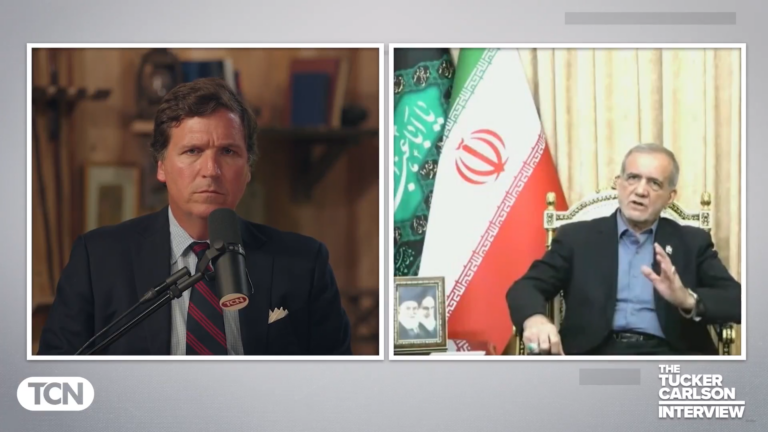
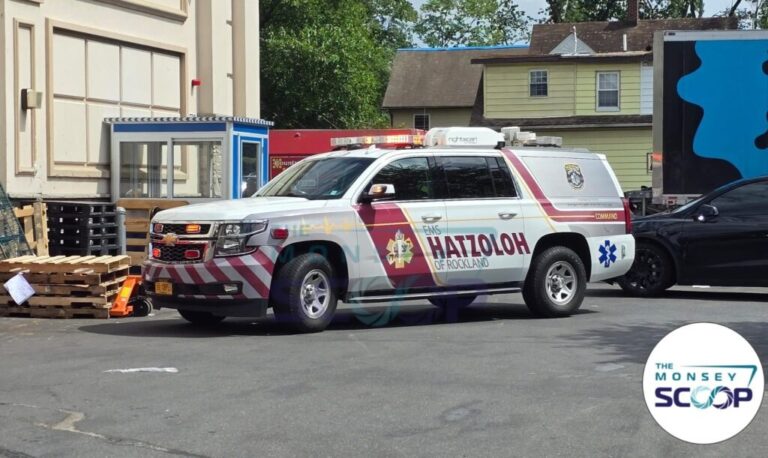

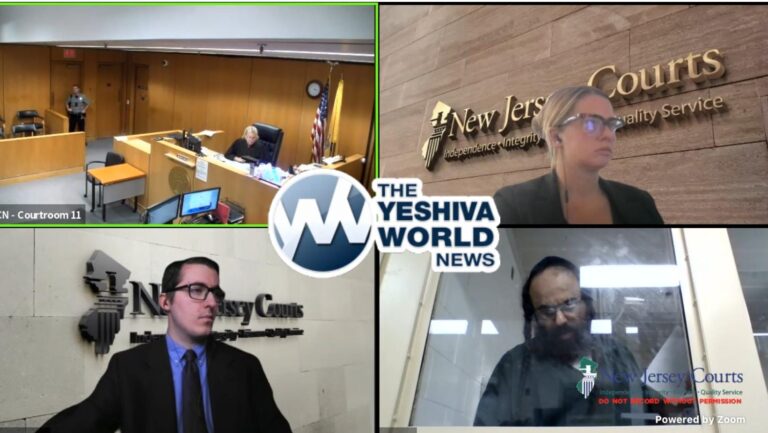

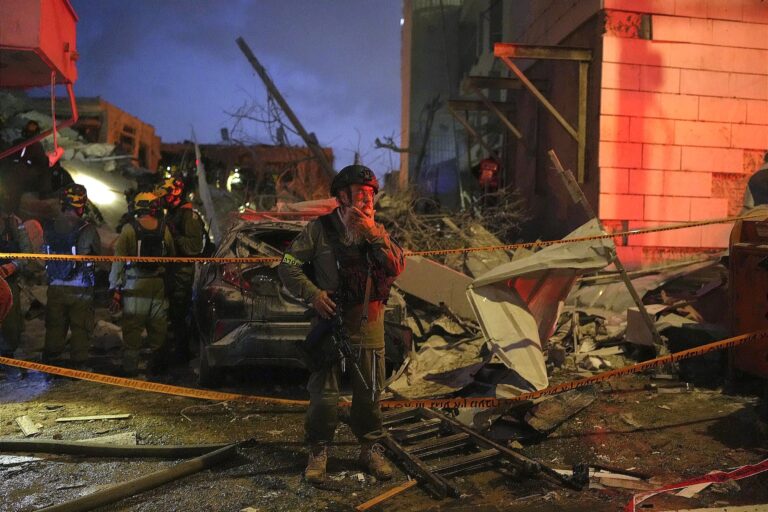
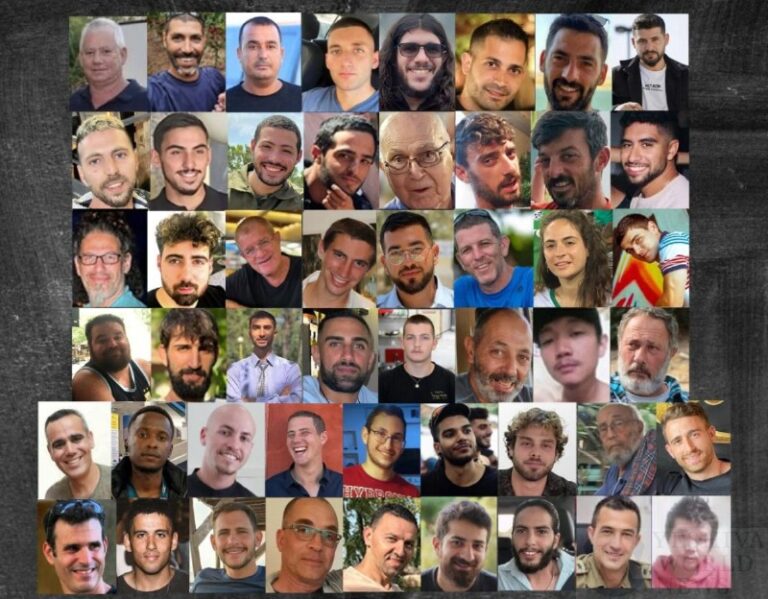

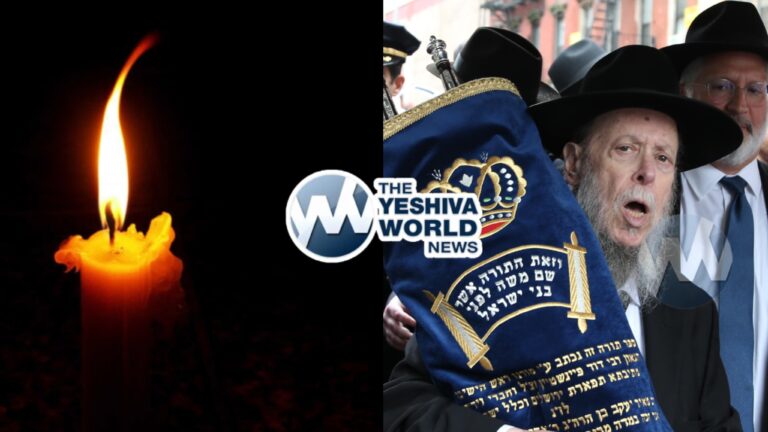
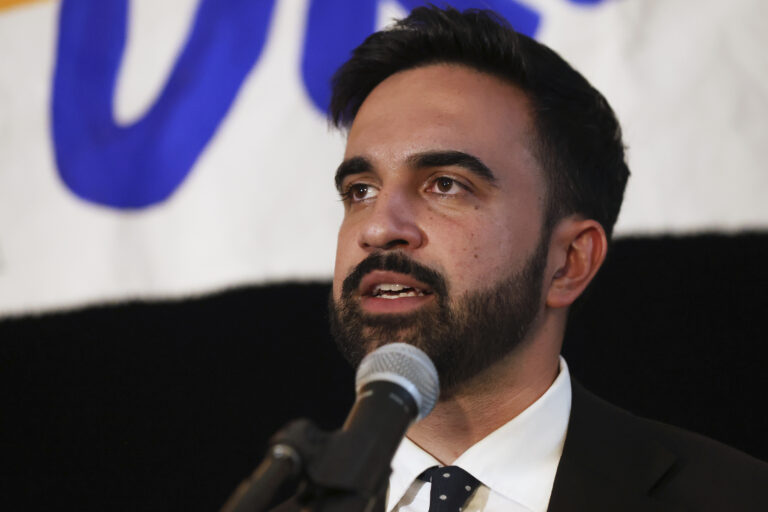
3 Responses
Hatzoloh will have to start a volunteer fire dept.
In the long run, it’s a good thing for the Fire Department to look at how it deploys its resources. It’s using a deployment model from the 1970’s, a time when fire runs were at their peak, and a staffing model from World War II (when the pool of manpower made staffing very challenging)
As for Hatzolah: let it stick to EMS.
Hatzolah going into fire response would be as bad as FD going into EMS response. Stick to what you know and do well.
#1 Having Hatzolah start it’s own fire department is not out of the range of reality. The costs involved would be huge and the training would be very tough but not impossible.
What most NYC residents probably don’t know is that there are at present 9 active volunteer fire departments operating within the city limits. One is in Brooklyn, two are in Staten Island, the Bronx had two but now only has one, and Queens has five.
#2 FDNY does provide the major portion of NYC’s EMS response already.
I really hope that the severe cuts or for that matter any cuts in FDNY fire service never happens and that the needed money is found …but should the worst case senerio happen and with countless lives in danger all options should be on the table.